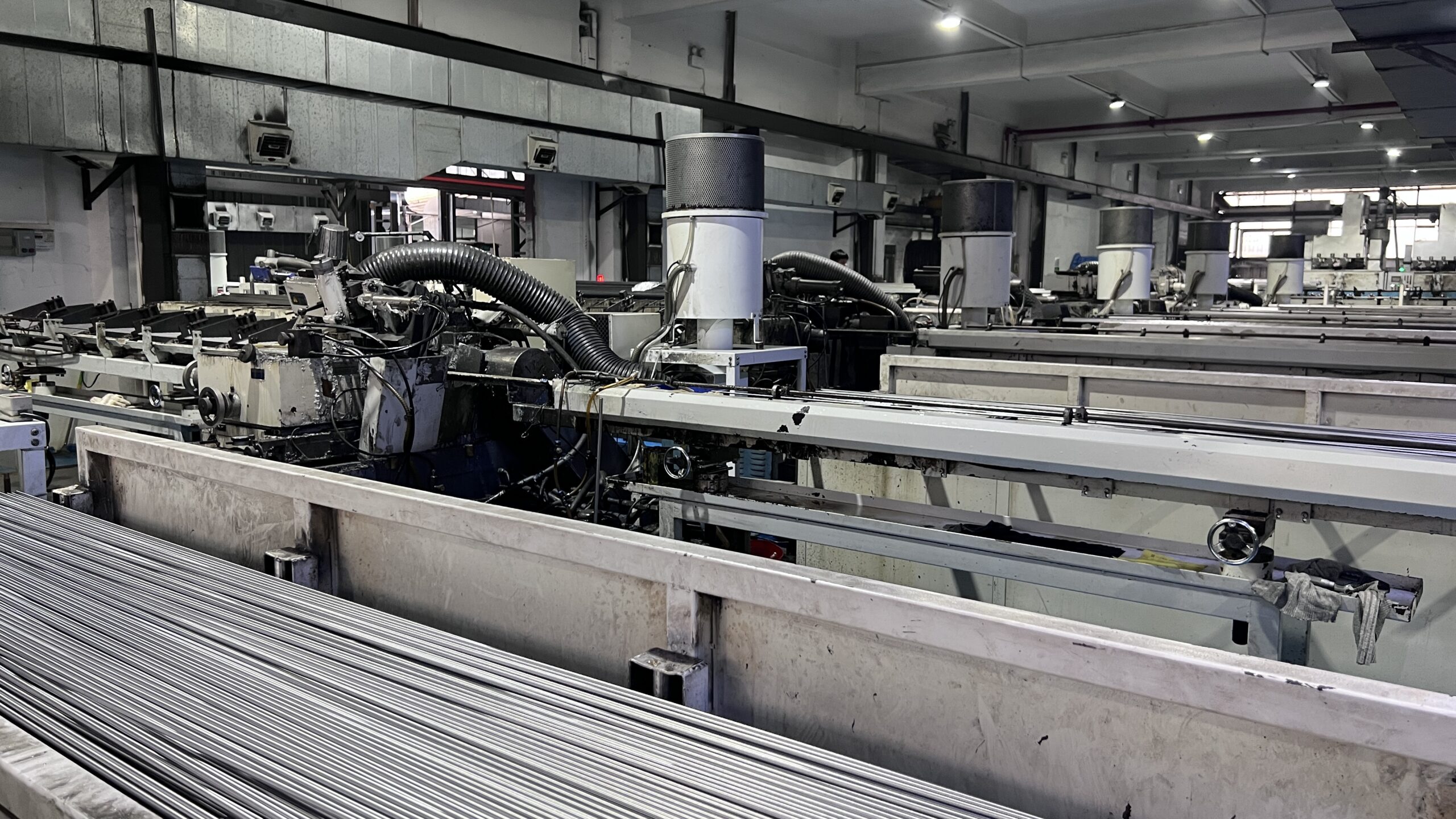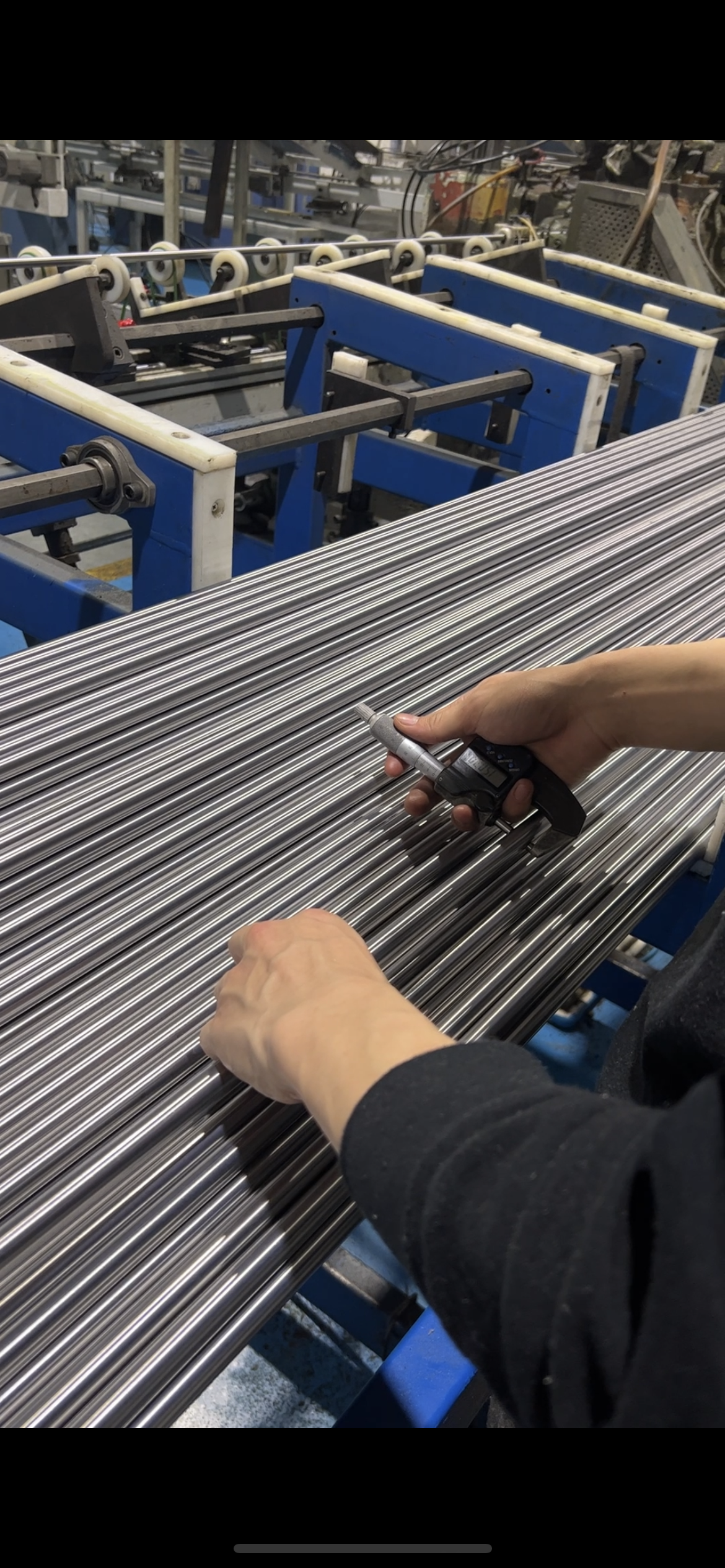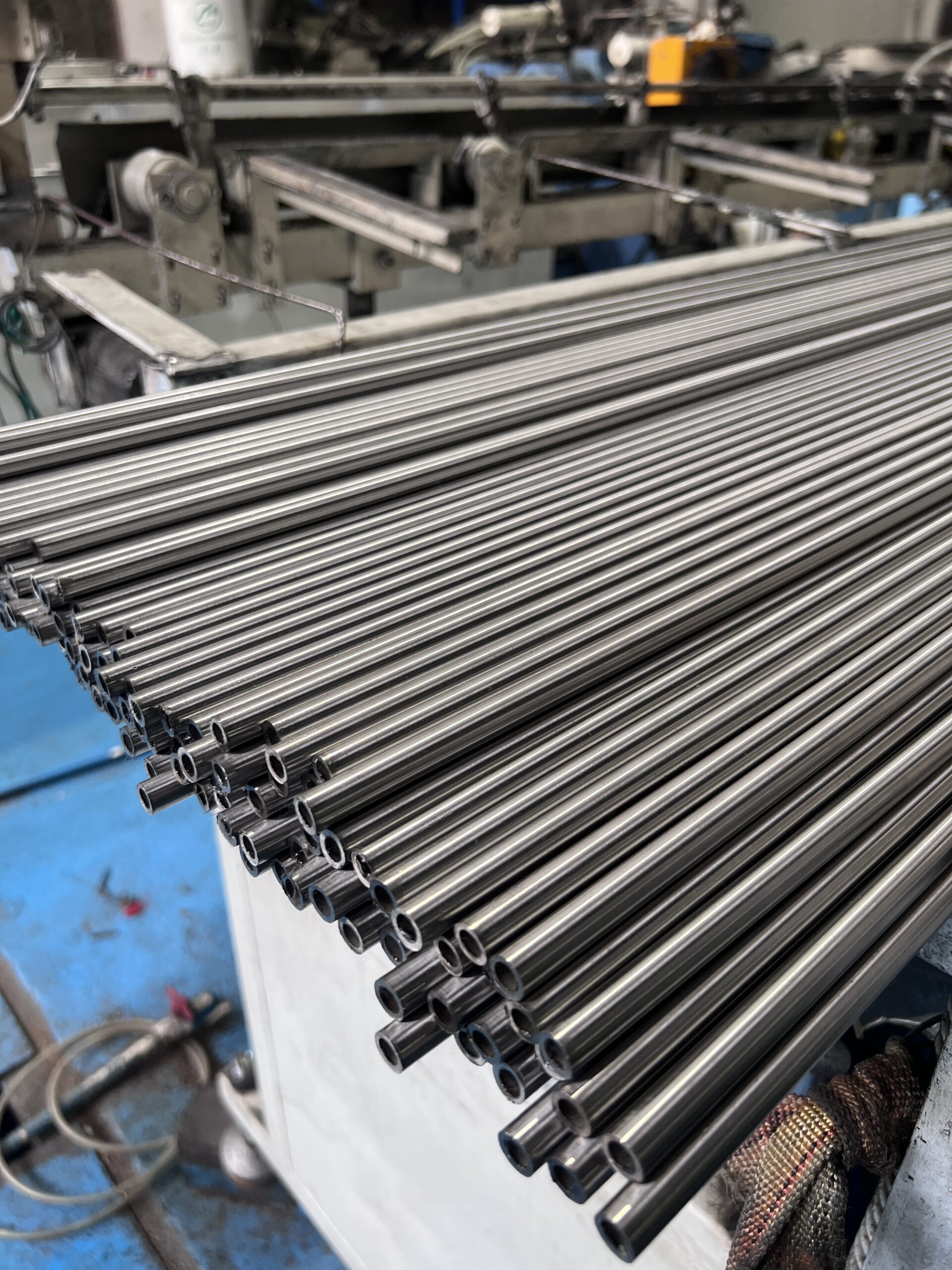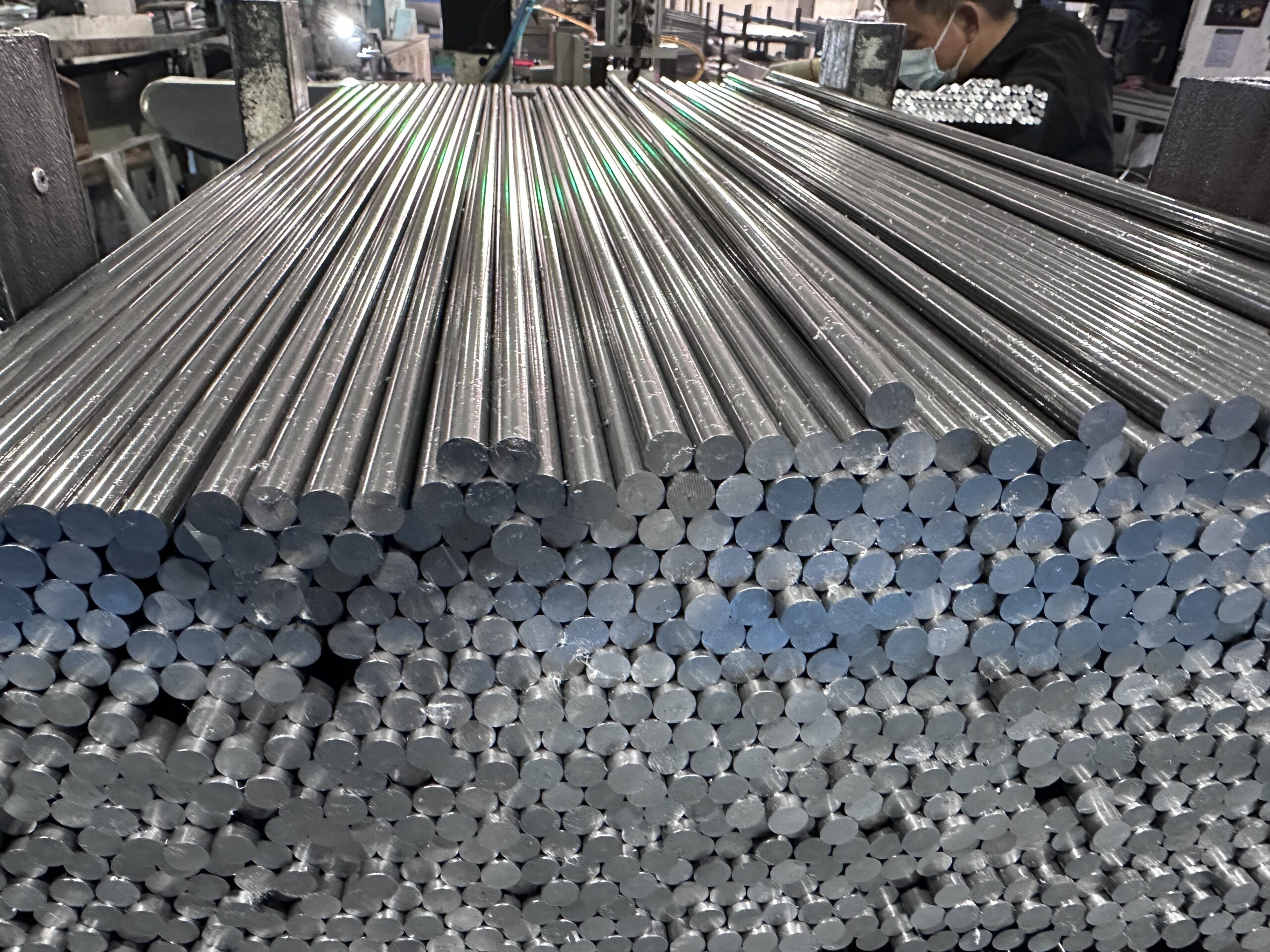304L Stainless Steel Bars Empower Liquid Cooling Joints: Why This Material Meets Corrosion Resistance Needs in Chemical and Medical Fields
In modern engineering, liquid cooling joints are critical components in systems that require stable heat management and leak-free operation. Whether in chemical processing equipment or medical devices, the demand for high corrosion resistance and reliability is essential. Among the available materials, 304L stainless steel bars have become a preferred option for manufacturing liquid cooling joints. This article explores the material’s advantages, application cases, and reasons why it meets the demanding requirements of both chemical and medical sectors.
1. Why 304L Stainless Steel for Liquid Cooling Joints?
304L stainless steel is a low-carbon variant of 304 stainless steel. Its reduced carbon content significantly minimizes the risk of carbide precipitation during welding, which can otherwise lead to intergranular corrosion. This makes 304L highly suitable for components that require durability under continuous fluid contact.
Key reasons for selection include:
-
Excellent corrosion resistance in aqueous and mildly acidic environments
-
Improved weldability, reducing failure risks in complex joint structures
-
Mechanical strength sufficient for pressure-bearing applications
-
Biocompatibility for use in medical devices
2. Application in Chemical Industry
In the chemical sector, liquid cooling joints are exposed to corrosive fluids, cleaning agents, and varying temperatures. 304L stainless steel offers the balance of corrosion resistance and cost-effectiveness. Typical use cases include:
-
Cooling connections in chemical reactors
-
Heat exchangers with circulating fluids
-
Transfer lines requiring leak-free joint integrity
Its ability to resist oxidation and corrosion ensures longer service life compared to carbon steels or lower-grade alloys.
3. Application in Medical Industry
Medical devices often employ liquid cooling systems for imaging equipment, surgical tools, and laboratory machines. 304L stainless steel bars provide both corrosion resistance and biocompatibility, ensuring patient safety and device longevity.
Examples include:
-
Cooling joints in MRI or CT scanners
-
Fluid connections in sterilization equipment
-
Compact joints in laboratory cooling systems
4. Performance Comparison with Other Materials
| Material | Corrosion Resistance | Weldability | Biocompatibility | Cost Level |
|---|---|---|---|---|
| 304L Stainless Steel | High | Excellent | High | Moderate |
| 316L Stainless Steel | Very High | Excellent | High | Higher |
| Copper Alloys | Moderate | Limited | Low | Low |
| Carbon Steel | Low | Good | Low | Low |
From the comparison, 304L stainless steel provides an optimal balance of cost and performance, especially when ultra-high resistance like 316L is not strictly required.
5. Case Study: 304L in Liquid Cooling Joints
A chemical equipment manufacturer reported a 20% increase in joint service life after switching from copper alloys to 304L stainless steel bars. Similarly, in the medical sector, MRI cooling systems using 304L stainless steel joints achieved stable operation for over 5 years without significant corrosion. These results confirm the reliability of 304L for high-demand environments.
304L stainless steel bars combine corrosion resistance, weldability, mechanical strength, and biocompatibility, making them an ideal material for liquid cooling joints in chemical and medical fields. Their proven track record in real-world applications further highlights why this alloy meets strict industry requirements.
For manufacturers seeking reliable material solutions, Tongyi Metal provides high-quality 304L stainless steel bars tailored to meet the needs of advanced liquid cooling systems.







